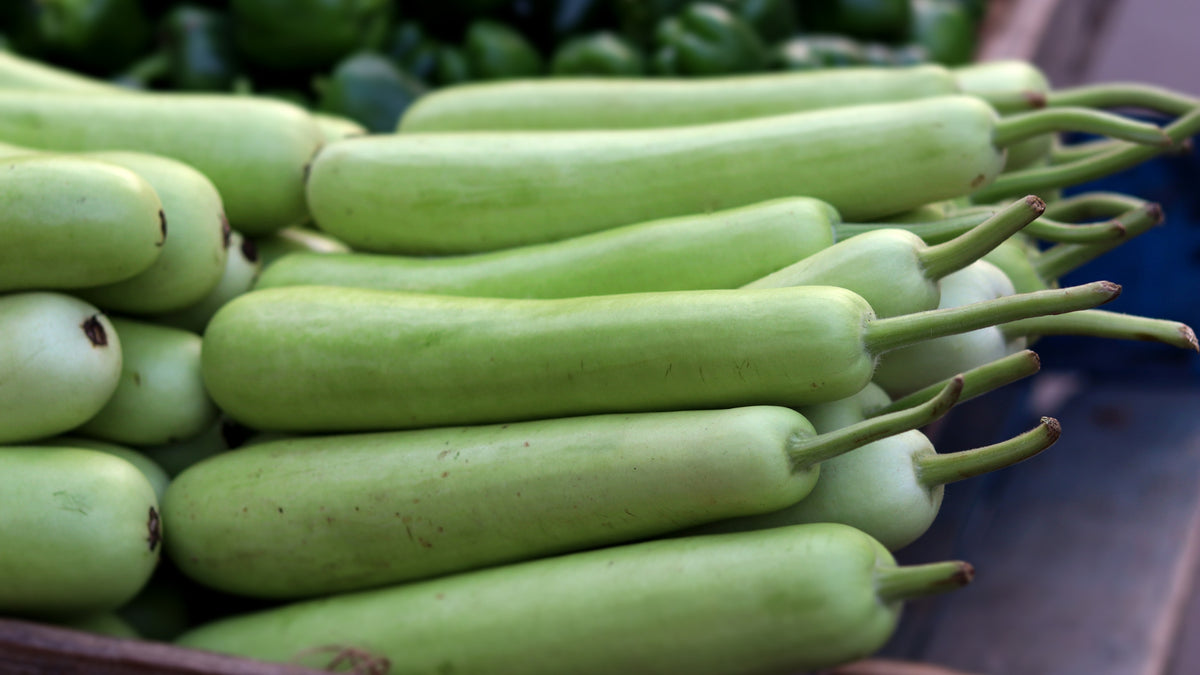
A Brief History of Ayurveda's Ancient Texts & Why It Matters

The Beginning
Thousands of years ago there were rishis, or seers, as we would now call them. They lived in ancient India, and through disciplined practices of meditation and spiritual living, they strove to discover the depths of human health and physiology. They closely observed the way life worked and then created a detailed and comprehensive system of medicine and wisdom – they called it Ayurveda. The intricacies of this system were passed down orally from teacher to student for a thousand years before finally being written into what are now some of the oldest known texts in the world, the four Vedas: Rig Veda (1500-1200 BC), Yajur Veda, Sama Veda, and Atharva Veda (1200-1000 BCE).
In Ayurveda, as many of you probably already know, it is believed that everything that we watch, eat, drink, breathe, think about and put on our bodies effects us, so the Vedas covered all aspects of human life. There are sections written about politics, health and healthcare techniques, astrology, spirituality, art and human behavior. The Vedas are written in the ancient and musical language of India, Sanskrit, and currently date back about 5000 years to a time when, as humans, we were deeply connected to the cosmos and to the divine energy within and around us. This holistic understanding of life and healing is what led to the creation and discovery of Ayur(life)veda(science): the science of life, and what is now the oldest known system of medicine in the world.
Other cultures eventually discovered the practical magic of Ayurveda. By 400 AD the Ayurvedic texts were translated into Chinese and by 700 AD Chinese doctors were traveling to India to study at the Ayurvedic universities there. Thus TCM (Traditional Chinese Medicine) as well as the Greek and Roman systems of medicine were greatly influenced by Ayurveda.
The Classical Texts
Ayurvedic medical books appeared by the 8th century BCE and include procedural instructions for surgeries and herbal remedies as well as the history of how Ayurveda evolved. The Charak Samhita, Sushurta Samhita and Ashtanga Hridaya form the triad of classical texts called the Brhattrayi. These books detail the basic theories of Ayurveda.

The Charak Samhita is written in prose comprised of 8400 verses. It was believed to have been written before 500 CE because of the lifetimes of the four authors said to have contributed to this compendium: Charaka, Punarvasu Atreya and his student Agnivesha and Dridhabala, who rewrote parts and also added new sections (American Physiological Society, 2012). This samhita explains medical theory and practice mostly dealing with internal medicine called Kayachikitsa.
The Sushurta Samhita, written around 400-700 BCE, explains the definition of Ayurveda, marma points, complex eye surgeries, skin grafting, reconstructive surgery and renal stone removal, just to name a few. No wonder Sushruta is considered the father of surgery even by modern medicine! Clinical surgery is called Shalya Tantra in Sanskrit. Nagarjuna and Chandrata are two others who contributed to this great work.
The Ashtanga Hridaya was composed about 400-600 CE by a man named Vagbhata. It explains the complex Ayurvedic aspects of Charaka Samhita and Sushurta Samhita in a more detailed way.
All three of these texts are still used by Ayurvedic practitioners and doctors as part of their studies. They are the basic foundation on which Ayurveda stands today.
Ayurveda In Today's World
Ayurveda has certainly now made its debut into the modern Western world. It is quickly becoming a common and socially acceptable way to treat disease and illness. As the drugs and harsh treatments that Western medicine and the big pharmaceutical companies push on us don’t work and leave us with undesirable side-effects, the more we have been pushed to trust in other natural methods such as Ayurveda.
There are some who criticize Ayurveda because it has been largely unchanged in the last thousand years. But there have been numerous commentators who have added their own in-depth analyses to the ancient texts, and the amount of success that modern day Ayurvedic practitioners and doctors have had in healing their patients is proof of its effectiveness. Not to mention the many things Ayurveda had already covered hundreds of years before the Western world discovered them, including blood circulation and accurate anatomy.
The concepts on which Ayurveda are built are timeless. “Changes in the environment, new modes of living, new avocations, all might contribute to certain modifications of a disease or the appearance of new diseases. But… as long as the human being is very much the same as his ancestor, the reactions to the disease, signs and symptoms would be the same. The methods adopted to cure the disease may differ in their form but not in their essential approach. This is because civilization, the environment and a typical lifestyle may change over time for the average human, but as long as we are fairly similar to our ancestors, the way disease manifests itself in us is the same as it did five thousand years ago” (V. Narayanaswamy, 1981). In other words, the exact methods of treatment will vary from patient to patient according to their unique needs and what herbs are available, but the basic and essential concepts of how to heal will stay the same: like attracts like and opposite bring balance.
Another criticism of Ayurveda is that, unlike modern medicine, there are no initial records of studies and experiments in anatomy, physiology, pathology and pharmacology. “But the development of surgery, the classifications of disease, the observations on signs and symptoms, prognosis and the descriptions of the nature, toxicity and therapeutic value of drugs as described in the literature, all clearly demonstrate high level of knowledge which would not have been possible for men without the scientific approach. One thing we should not lose sight of is the fact that the men who gave the system to the world were drawn from the highest intellectual and spiritual hierarchy” (V. Narayanaswamy, 1981). So even if one doesn’t believe that the knowledge of Ayurveda was passed down from the cosmos as divine inspiration like some texts claim, there is no denying that the development of surgery, disease classification, prognosis, toxicity and the value of herbal medicines of Ayurveda as described in the literature we do have is complete and powerful.

Why the History of Ayurveda Matters
Studying and understanding the history of Ayurveda can lead to greater insights to add to today's modern knowledge. But because the classical texts are written in Sanskrit, a language that is no longer widely known or spoken, there have been translations of these texts that do not do them justice and make it seem as if the knowledge is limited and primitive. But an article published by the American Physiological Society (APS, 2012) uses Ayurveda's discovery of blood circulation thousands of years before the Western World as an example of how revisiting the ancient texts and their accurate accompanying translations could "still possibly guide various streams of the current sciences, if revisited with this spirit."
However Ayurveda came to be, it seems clear that the rishis who brought Ayurveda into the world did so out of compassion for humanity and a desire to relieve its suffering. Wherever, whenever and however Ayurveda first came about, it is a system of healing created to nourish our bodies, minds and souls from our toes up. While the past is not as important as being fully present in this moment, it is important to know the beginnings of Ayurveda. As Narayanaswamy (1981) so eloquently put it, “In spite of the spectacular results achieved by modern medicine, mainly through advances in the physical, chemical and natural sciences, there are vast areas of diseases which have eluded its therapeutic ambit… the study of a system of medicine that has stood the test of time may have a fruitful contribution to make in the overall alleviation of human suffering.”
“Let us learn to dream; then perhaps we shall learn the truth.”
August Kekulé
- Health & Healing NY
- NCBI
- Taking Charge
- Patwardhan, K. (2012). The history of the discovery of blood circulation: unrecognized contributions of Ayurveda masters. Advances in physiology education, 36(2), 77-82.

At Kottakkal Arya Vaidya Sala we take no shortcuts in ensuring the manufacturing and delivery of the the highest quality Ayurvedic products to our customers. All of our products are produced in state-of-the art manufacturing plants that follow basic principles and practices of Ayurvedic preparations based on the specifications in the classical text books. All processing activities are done in pharmaceutical grade stainless steel vessels.
For more information, please click here!
Also in Healing with Kottakkal Ayurveda

Food is Medicine - Organic Gongura Leaf
Gongura, often referred to as Indian sorrel, is a leafy green vegetable packed with an array of health benefits. This vibrant green is a treasure trove of essential vitamins, minerals, and antioxidants.

Food Is Medicine - Organic Bottle Gourd

Boosting Energy and Rejuvenation with Narasimha Rasayana
Narasimha Rasayanam is an herbal jam formulated with base ingredients of butter, honey, and milk. This time-tested remedy is believed to promote balance within the body's three doshas, vata, pitta, and kapha and supports a range of health concerns. From supporting physical strength and hair health to promoting rejuvenation and cognitive function, Narasimha Rasayanam offers a multifaceted approach to well-being.


Kottakkal Support